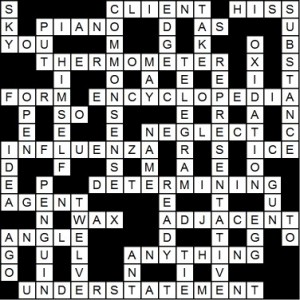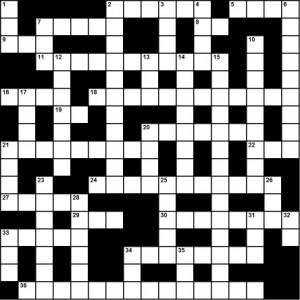
1. What are these people doing?
They are riding on the subway.
2. Where might they be going?
They might be going to work or to school.
3. How crowded is this subway train?
It is rather crowded. There is standing room only – there are no seats left for someone to sit down.
4. Are there more people standing, or more people sitting?
There are more people standing than there are sitting.
5. What do people usually hold on to if they have to ride standing up?
If people have to ride standing up, they usually hold on to a strap, or a pole.
6. Does a subway train usually have seats or benches?
A subway train usually has benches.
7. What do people usually do if they are carrying baggage or packages?
If people have baggage or packages, they usually put them on the floor, or on one of the overhead racks.
8. What do people often do when they ride on a subway train?
People riding on a subway train often read a book or newspaper, or listen to music. Some people even sleep.
9. What do you need to get on the subway train?
You need a ticket, token, or fare card to get on the subway train.
10. Where can you buy a ticket?
You can buy a ticket at the ticket window, or at a ticket vending machine. You can also get your fare card reloaded at these places too.
11. What kind of gate do people usually pass through to get into the subway?
You have to pass through the turnstile to get into the subway. You swipe your ticket or fare card, and the turnstile will let you into the subway.
12. What do you call the place where you get on and get off the subway train?
You get on and off the subway train at the station.
13. How can you tell where to get on and get off?
A subway map or guide can tell you where you need to get on and off.
14. What do you do if you have to take more than one line to get to your destination?
If you have to take more than one line to get to your destination, you need to transfer to the other line.
15. How can you tell if your stop is next?
You can look at the subway map or guide to see if your stop is next, or you can listen to the announcement.
16. What kind of subway train has fewer stops than normal?
An express train has fewer stops than normal.
17. What might you see on the walls of the subway train?
You might see advertisements on the walls of the subway trains.
18. What kind of doors does a subway train usually have?
A subway train usually has sliding doors. You have to be careful that your coat or bag doesn’t get caught in the doors as they close.
19. What sort of safety equipment would you see in a subway?
You see fire extinguishers in a subway.
20. What else might you see in a subway?
You might see vending machines, newspaper stands, and other little shops in a subway.
Paragraph: The Subway
If you live in a city, a subway is a very convenient way to get around. You don’t have to deal with traffic and parking, so you can usually get to your destination quicker than driving. Many big cities have an extensive subway line, so you can get to almost any place in the city quickly, easily, and economically.
Paying the far is easy. You can buy a fare card with a set amount, and swipe the card every time you go through the turnstile to ride the subway. When the card gets low, you can reload the card with money and continue using it. Some places even have fare cards with different decorations, so you can collect the various designs.
A subway map or guide is a very handy item to have, especially if you are not familiar with the system. The map will tell you where the different lines will take you, so you can plan out your trip and determine which lines you need to take, which station you need to get on at, which station you need to transfer lines, and which station to get off at. What I like to do is highlight the stations I need to get off at, so I can keep track of where I’m going and not get lost.
Because the subway is so convenient, many people ride the subway. Sometimes it is very crowded, especially during the morning rush and the afternoon rush. If you ride the subway during the rush times, you will probably have to stand. Sometimes there are so many people standing, it looks like wall-to-wall people! In some places there are so many people waiting to get on the subway that there are “pushers” to help get as many people on the subway car as possible, although I must admit I have never seen “pushers.”
Sometimes if there are elderly people, pregnant women, or someone traveling with very small children, other people will stand up and offer their seat to one of these others, so they don’t have to stand up. That is a nice thing to do, don’t you think?
Google




